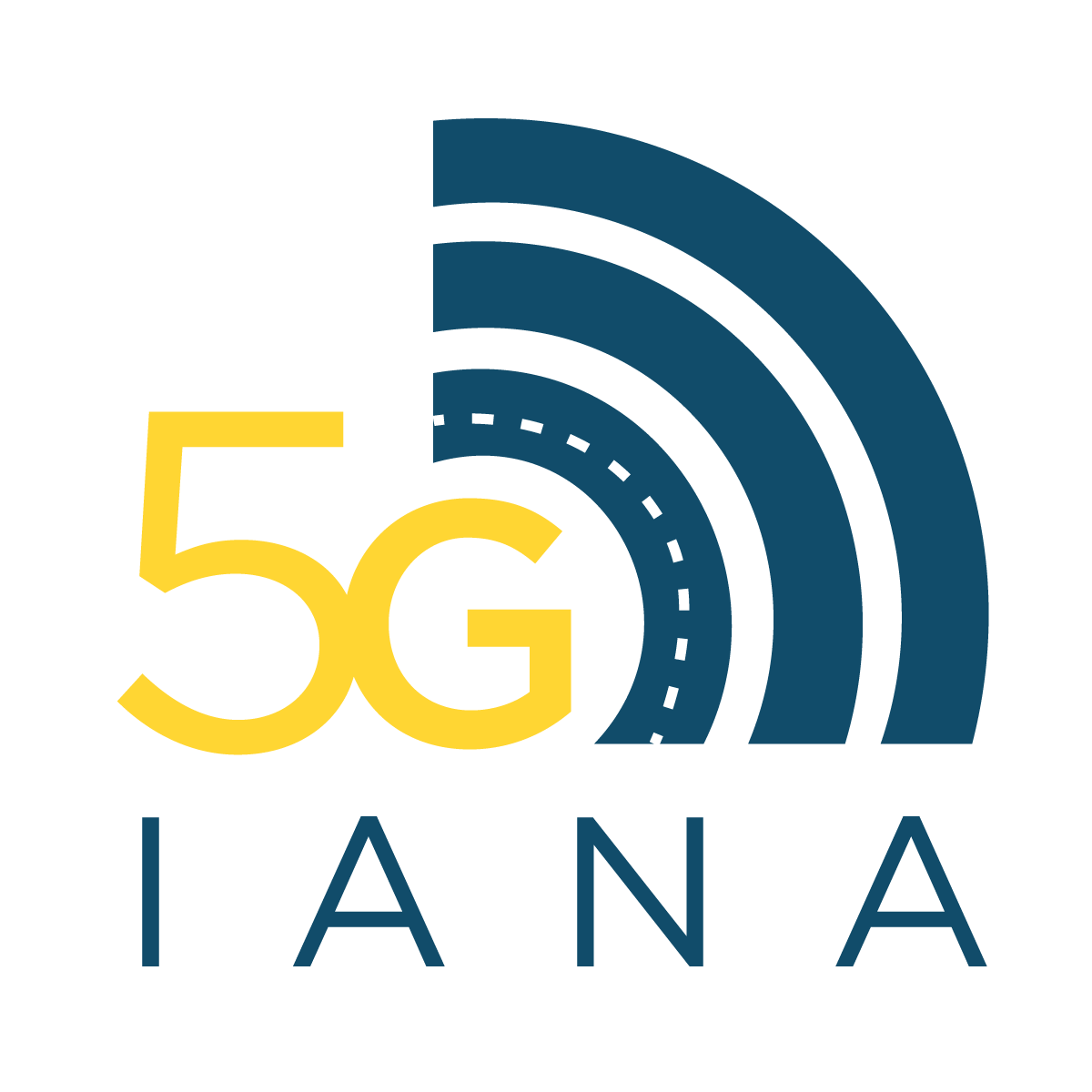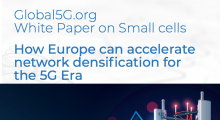5G-IANA - Virtual bus tour
This use case facilitates an immersive virtual bus tour experience for virtual reality headset users. The users select an avatar to represent them in the VR space and join a guided tour on a double-decker bus. The avatars can gesture, speak and listen to one another from their dedicated virtual-bus seats, determined during entry. On their HMD (Head Mounted Display), the users receive a video of the tour surroundings, streamed through a high resolution 360o camera, and mounted onto the bus while it performs the “real-life” tour. During the tour, via the VR applications, the users receive GPS-driven landmark indicators with information about landmarks and attractions, learning more about the landmark’s history interactively. This use case refers to Municipalities / City Councils and other touristic property administrators to enhance campaigns or advertisements aiming to increase tourist inflow and companies in the tourism industry to enhance the value chain and create new revenue streams. This infotainment application makes accessible advanced uses of VR technology to a much wider audience and builds not only a content platform which can produce revenues from tourists but also a social platform and community. This offers many creative and inclusion opportunities, as multiple participants enjoy touristic attractions using the same space, talking and listening to each other in real-time, sharing experiences and interacting naturally as being truly in the same space. Users can experience the world in a new and engaging way and participate in touristic services without the limitations of space and time. This Use Case is being tested in the 5G-IANA platform to optimise the above service chain, aiming to reduce the bandwidth and computational resources required per user for a high-resolution 360o stream. The bandwidth required per user for a high-resolution 360o video stream is a hindering factor in deploying 360o video applications for multiple participants.




